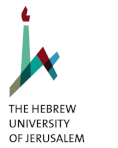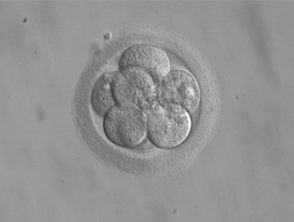The CIDR Data Science for Social Good (DSSG) initiative at the Hebrew University aims to promote the use of data science for positive social impact, and to advance data science education.
We partner with government institutions and nonprofit organizations to work on real-world problems that matter. We are interested in challenges in transportation, education, health, environment, sustainability, criminal justice, minority support, and more.
Our program helps our partners to overcome complicated data science challenges, and also provides practical training for our interns: we offer an interdisciplinary summer internship that focuses on solving these challenges. The program allows interns to practice their skills in data science and machine learning, to work alongside and to learn from mentors and faculty.
What do we provide?
For each project we assign a team of graduate students accompanied by faculty members.
During the academic year, several program-wide meetings are held, including an introductory meeting and presentations of preliminary analysis. The rest of the meetings are project-specific and are designed to ensure the data and problem transfer from the organizations to our teams.
The core part of the program is an intensive summer workshop during which most of the research and development is performed.
Our work is focused on solving the problem presented to us. In addition, our teams prepare a written report in a format of a short scientific paper summarizing their findings and results. We also provide documented code to reproduce our results in the future. Finally, to ensure assimilation in the organizations, our teams will visit the organizations and help with the transfer.
What do we require?
The organizations are expected to provide the problem they wish to solve and the appropriate data. A representative of the organization will accompany the project as the domain expert and is expected to participate in the program-wide meetings and in the summer workshop itself.
How can I contact you?
- By mail to dssg.cidr@mail.huji.ac.il
- By scheduling a video or phone meeting at https://calendly.com/danpelleg/30min. Find a slot that’s good for you, claim it, and a meeting invite will go out to you and also to us.
Timeline:
September – February: identification of projects
March: Selection of projects
April-June: data transfer, data quality assurance, preliminary analysis, selection of students
July: Full-time workshop where the bulk of the work happens
August: Writeup and delivery
Projects performed in past years






